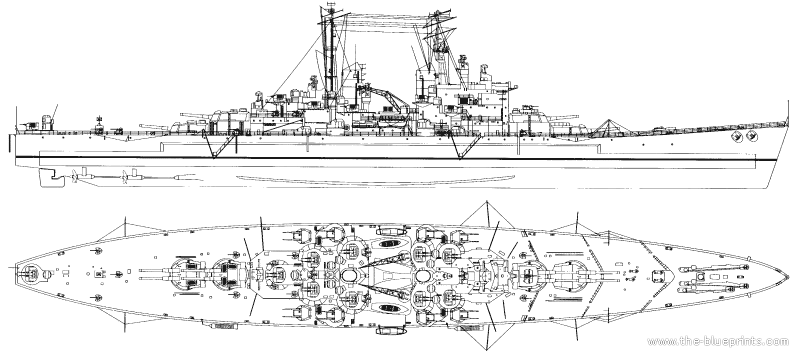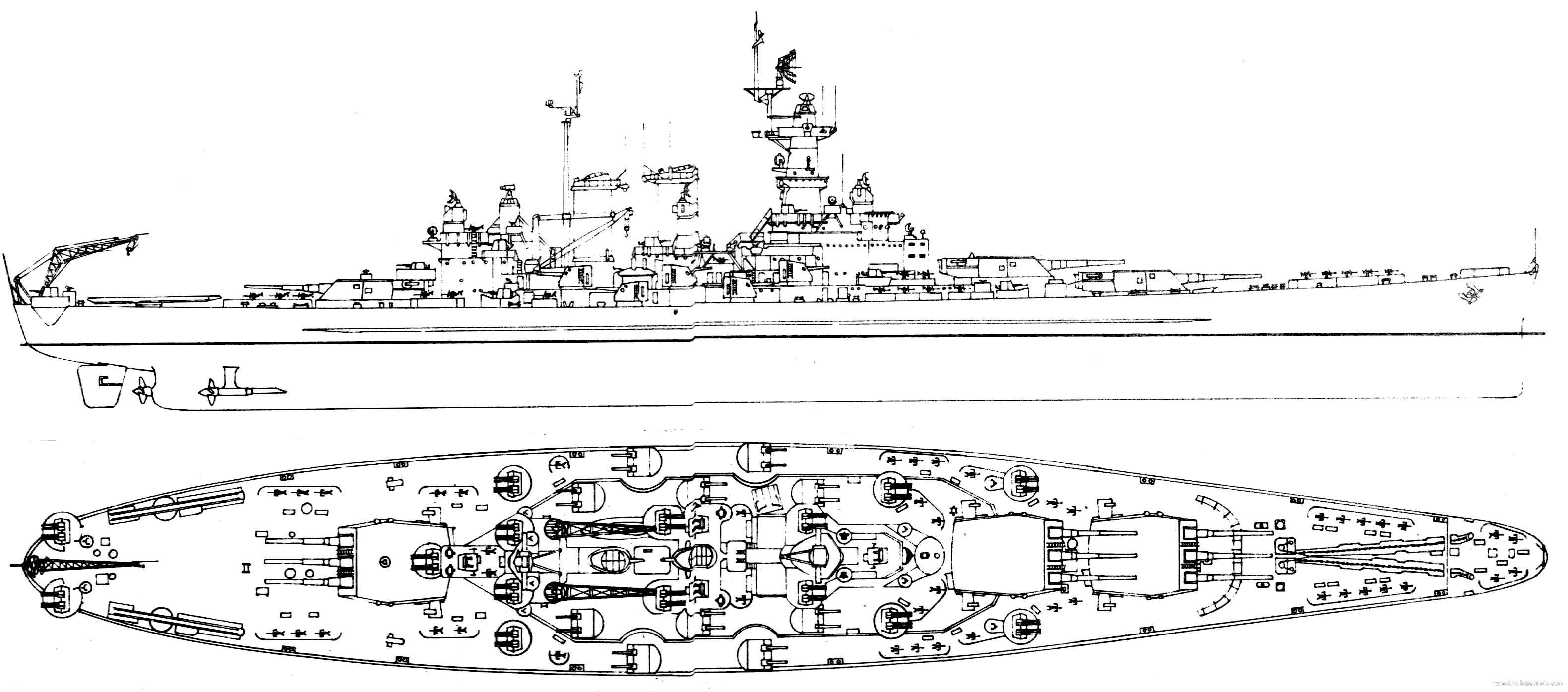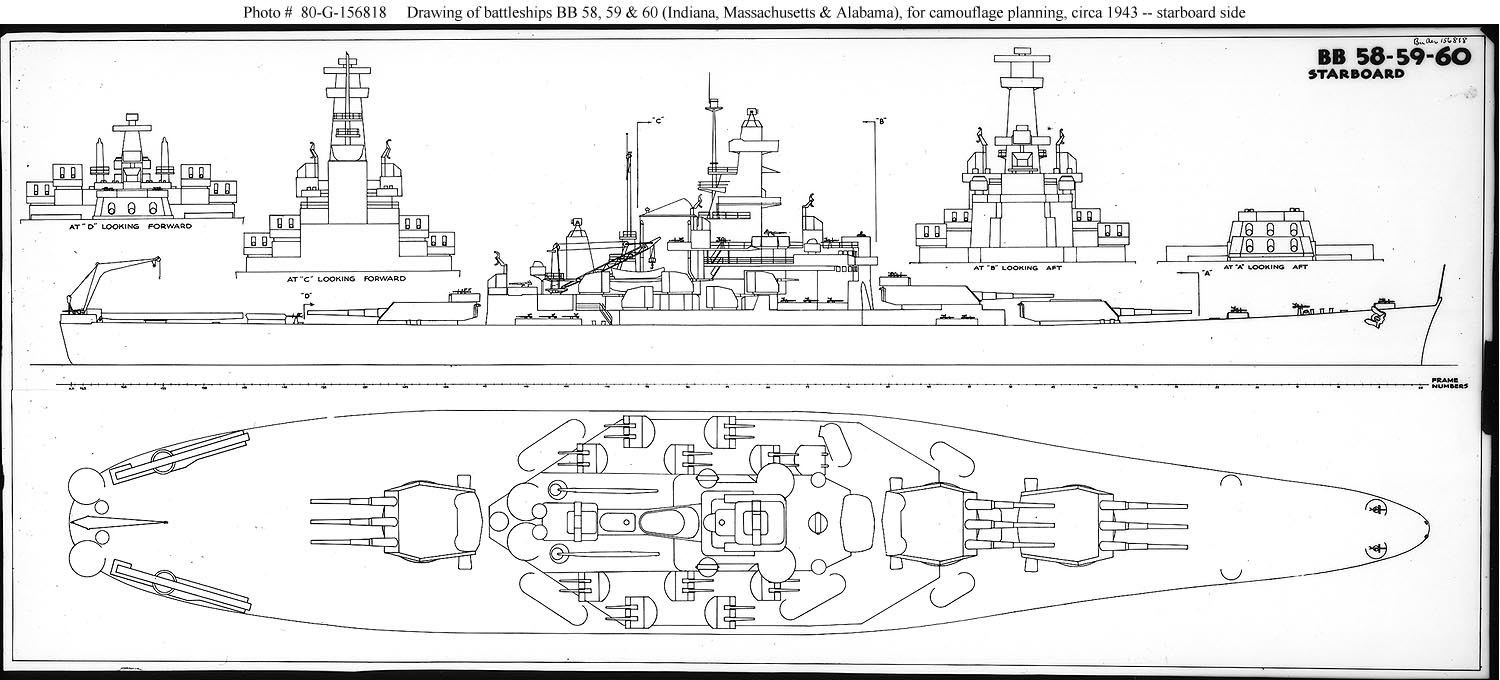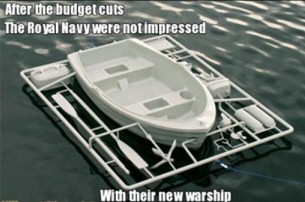Imperial Chinese Navy, Great Qing State, 1900
OOC: this post explores how a Qing Navy would look like in a TL when she got sufficient funding, backed by political will to reform. Sorry no new design was proposed yet.
ITTL, Empress Dowager Cixi could not stage a coup in 1861, as the reform-minded Yixin (Prince of Gong) became the regent, resulting in a more fruitful Self-Strengthening Movement. Emperor Qixiang (OTL Emperor Tongzhi) lived longer. The Qixiang Reforms (琪祥變法) might not be as successful as the Meiji Restoration, due to economic and political constrains, but effectively, it was the Late-Qing Reforms of (1901-1911) being preponed for forty years.
The navy got a much more generous funding as compared to OTL. Still, much of the money went to the Qing Army, limiting its options.
In late 1880s, Emperor Qixiang ordered several provincial fleet of the Beiyang, Nanyang and Fujian fleets to be reorganized into a unified Imperial Navy, subdivide into an Imperial River Fleet and an Imperial Ocean-Cruising Fleet. A new naval base was set up in Taiwan.
Great Qing State, Ocean-Cruising Fleet (大清國巡洋艦隊), as of the 39th Year of the Qixiang Reign (1900).
First-Grade Battleships:
ICNS Zhaoyuan (昭遠) Royal-Sovereign Class Pre-dreadnaught Battleship, launched in 1892, at Portsmouth, UK. Tonnage: 14380 t. Speed: 17.5Knots. Main Armament: 2 x twin 13.5 in guns. Cost: £930,000 or 2,790,000 Taels. Took part in the Battle of Yellow Sea (1894) and Battle of Yokohama (1895) as flag ship.
ICNS Guiyuan (歸遠) Royal-Sovereign Class Pre-dreadnaught Battleship, launched in 1893, at Chatham , UK. Tonnage: 14380 t. Speed: 17.5Knots. Main Armament: 2 x twin 13.5 in guns. Cost: £950,000 or 2,850,000 Taels.Delayed delivery by the British and missed the Sino-Japanese War of 1894. She took part in a naval stand-off with Russia near Lüshun in 1899.
ICNS Fuyuan (服遠) Kaiser Friedrich III-class pre-dreadnaught Battleship, launched in 1898, at Hamburg, German Empire. Tonnage: 12,000 t. speed: 17.5 knots. Main Armament: 4 x 24 cm 40 cal guns. Cost: 21,000,000 marks, or 3,000,000 taels. Purchased from Germany shortly after the Sino-Japanese War of 1895.
ICNS Anyuan (安遠) Majestic-Class pre-dreadnaught Battleship, launched in 1898, at Blackwall, UK. Tonnage:15,000, Speed: 18 Knots. Main Armament: 2 x twin 12 inch (305 mm) guns. Cost: £965,000, or 2,895,000 Taels. Hong Rengan, the surrendered Taipings rebel whom Emperor Qixiang named Custom Commissioner, actively campaigned for a Sino-British thaw in relationship after the Sino-Japanese war. Ship procurement from the British resumed.
ICNS Huayuan (化遠) Majestic-Class pre-dreadnaught Battleship, launched in 1899, at Clydebank, UK. Tonnage:15,000, Speed: 18 Knots. Main Armament: 2 x twin 12 inch (305 mm) guns. Cost: £965,000, or 2,895,000 Taels.
Second-Grade Battleships:
ICNS Dingyuan (定遠) ironclad battleship, launched in 1881, at Vulcan, German Empire. modernized in 1893. Tonnage: 8,000. Main armament: 4 x 28 cm MRK L/40 guns, with 30 quick firing guns of various calibers.
View attachment 509062
This, but refitted with sufficient QF guns.
ICNS Zhenyuan (鎮遠) ironclad battleship, launched in 1882, at Vulcan. modernized in 1893. Tonnage: 8,000. Main armament: 4 x 28 cm MRK L/40 guns, with 30 quick firing guns of various calibers.
ICNS Lueyuan (略遠) ironclad battleship, formerly Chilean ironclad Capitan Prat, launched in 1890, at Le Seyne, France. Tonnage: 6901t. Speed: 18.3 Knots. Main Armament: 4 × 9.4 in (240 mm) guns. Bought from Chile in 1894, she sustained heavy fire from the Japanese first flying squadron, but managed to survive.
Cruisers:
ICNS Xiuyuan (修遠) protected cruiser, formerly Chilean cruiser Blanco Encalada, launched in 1893, at Armstrong Whitworth, UK, Tonnage: 4568 t. Speed: 22.8 Knots. Main Armament: 2 x EOC 8 inch (203mm) 40 caliber. Bought from Chile in 1894, she was badly damaged by her sister ship Yoshino, but lasted until Guangyuan came to her rescue.
ICNS Guangyuan (光遠) protected cruiser, formerly Chilean cruiser Esmeralda, launched in 1883, at Armstrong Whitworth, UK, Tonnage: 2950 t. Main Armament: 2 x Breechloading 10 inch guns. Bought from Chile in 1894 with Quick-firing guns added, she became the hero ship during the battle of Yalu River when she sunk the Japanese cruiser Yoshino.
TBC ... ...
